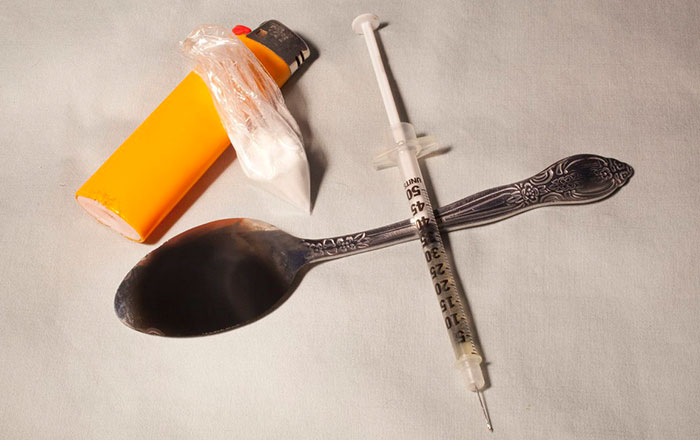Photo Courtesy of Drug Enforcement Administration
Mayor de Blasio said he believes that “Overdose Prevention Centers will save lives and get more New Yorkers into the treatment they need to beat this deadly addiction.”
By Michael V. Cusenza
Shooting galleries. Pop shops. The final frontier.
Supervised narcotic injection sites have many names. But what matters most is the recent news that several might soon be calling NYC home.
“After a rigorous review of similar efforts across the world, and after careful consideration of public health and safety expert views, we believe Overdose Prevention Centers will save lives and get more New Yorkers into the treatment they need to beat this deadly addiction,” Mayor Bill de Blasio said on Thursday.
According to a New York Times story, Hizzoner “is championing a plan that would make New York City a pioneer in creating supervised injection sites for illegal drug users, part of a novel but contentious strategy to combat the epidemic of fatal overdoses caused by the use of heroin and other opioids.”
De Blasio’s Overdose Prevention Center pilot program calls for four sites to open—two in Manhattan and one each in Brooklyn and the Bronx—after a period of community outreach. They would operate for a year before an intensive evaluation.
According to several studies, such sites in Vancouver and Seattle have showed that supervised heroin consumption facilities reduce deaths from drug overdose; prevent HIV, hepatitis C, and other infections; and help drug users get into treatment.
In January, Philadelphia Health officials announced that the City of Brotherly Love will encourage private-sector development of supervised injection centers. Philly Mayor Jim Kenney called them Comprehensive User Engagement Sites – medical interventions in which essential services are provided to reduce substance use, the harms associated with substance use, and fatal overdose. Services, which are provided in a walk-in setting, include referral to treatment and social programs, wound care, medically supervised drug consumption, and access to sterile injection equipment and naloxone.
“We cannot just watch as our children, our parents, our brothers, and our sisters die of drug overdose,” said Philadelphia Health Commissioner (and former NYC Health Commissioner) Thomas Farley, M.D. “We have to use every proven tool we can to save their lives until they recover from the grip of addiction.”
The heroin and fentanyl crisis has had serious impacts on the five boroughs. According to the administration, the number of drug-overdose deaths has increased in the city in each of the last six years. Rates of drug-overdose deaths in NYC more than doubled between 2010 and 2016.
“Too many people have died from opioids and heroin. These sites will save lives and connect addicts with treatment options and trained professionals that could lead them to recovery,” said City Council Speaker Corey Johnson. “This is something that I championed during my time as Chair of the Council Health Committee, and is an issue that has deep personal significance to me. I am proud of our city today for taking bold steps to address a problem that’s gripped this country, and I hope other cities follow our lead and allow safe sites like these.”
Jeremy Saunders, co-executive director of the advocacy organization Voices of Community Activists & Leaders, added “Medically supervised sites for people to use drugs save lives and must be embraced. We cannot let stigma and punishment guide our drug policy, instead we must focus on compassion, health, and safety. Today’s announcement does just that.”

